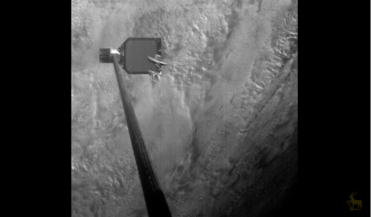 15 February 2019
RemoveDEBRIS successfully harpoons target in space
15 February 2019
RemoveDEBRIS successfully harpoons target in space
... designed harpoon was fired at 20 metres/sec to penetrate a target held on a 1.5 metre boom deployed from the main RemoveDEBRIS spacecraft; a test it completed successfully when the small head of the harpoon convincingly punched a hole through the...
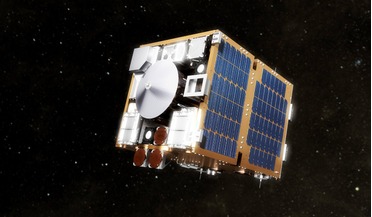 21 September 2018
Net to capture space junk passes debut debris collection
21 September 2018
Net to capture space junk passes debut debris collection
... Space Centre. Sir Martin Sweeting, Executive Chairman of SSTL and Chairman of the Surrey Space Centre, added “RemoveDEBRIS is an exciting and highly innovative mission that has brought together leading space organisations to tackle the issue...
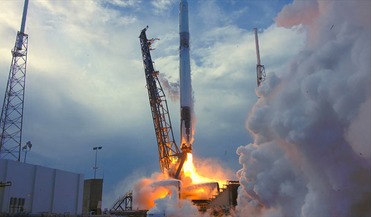 04 April 2018
A storm hunter and space junk collector on its way to the ISS
04 April 2018
A storm hunter and space junk collector on its way to the ISS
... plate that represents a satellite panel with a harpoon, to simulate a real spacecraft being hit and captured. The RemoveDEBRIS platform will also have a dragsail payload – an inflatable mechanism that deploys to a length of 1 metre and self-hardens...
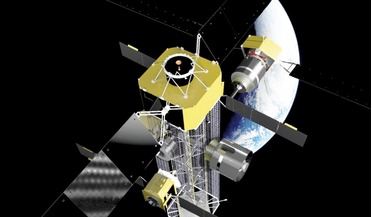 May 2019
Wake-up call for debris creation in geostationary orbit
May 2019
Wake-up call for debris creation in geostationary orbit
... million. By comparison, the investment in actually doing something about the debris issue has been limited to the RemoveDEBRIS demonstration that was launched in 2018, a year after the 7th European Conference on Space Debris established that...
 February 2020
Preserving our space heritage
February 2020
Preserving our space heritage
... need for space traffic control and some form of debris removal capability. The European Commission’s recent RemoveDEBRIS satellite mission represents a modest step in this direction (from a technical perspective at least) and it is generally assumed...
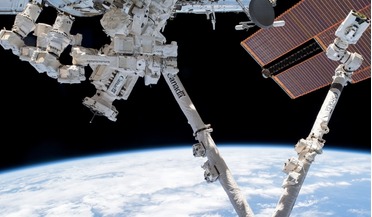 January 2019
Preparing for a robotic revolution in Earth orbit
January 2019
Preparing for a robotic revolution in Earth orbit
... other approaches for capturing debris, such as the net and harpoon mechanisms of the European Commission-funded RemoveDebris experiment, but for very large uncommandable objects, robotic arms would be preferred for their adaptability to a variety...